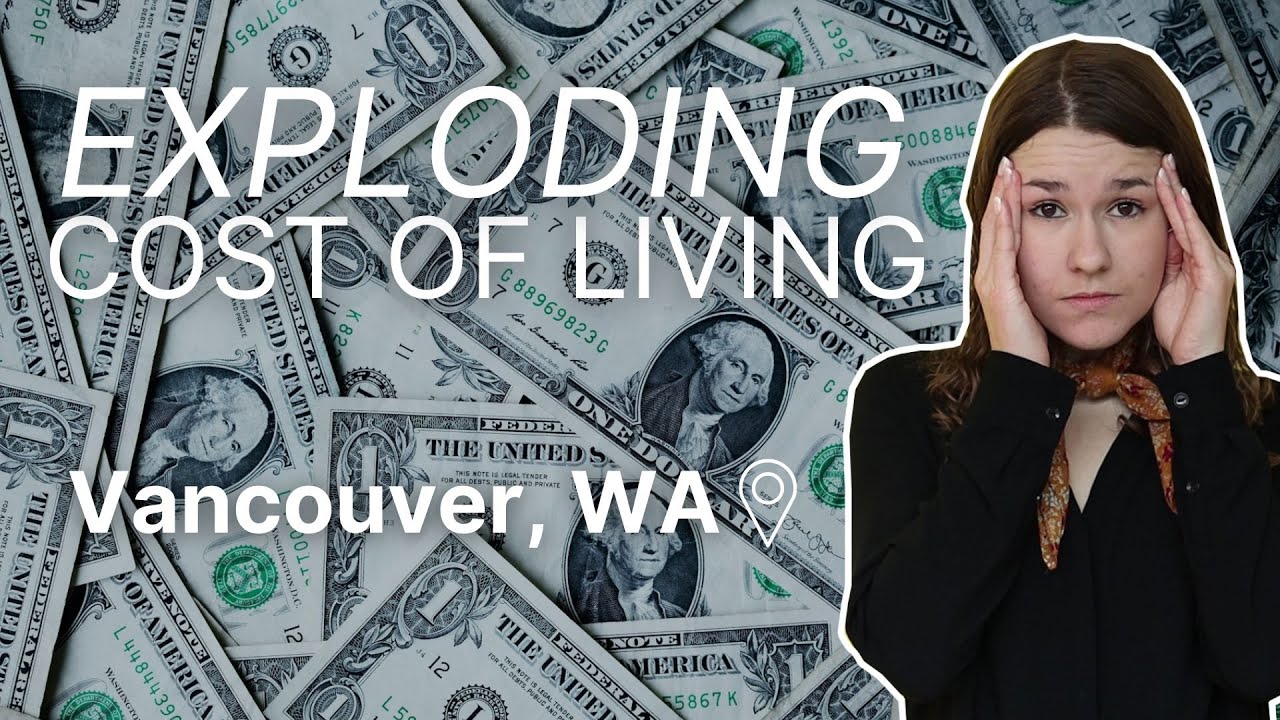Life after COVID changed the math for everyday expenses in Clark County. Groceries, housing, and childcare all climbed. Families, newcomers, and locals planning a budget need a clear picture of what changed.
This guide breaks down the biggest shifts from 2019 through 2025. Housing, food, childcare, transportation, utilities, and healthcare – we’ll cover it all.
Housing Costs: The Biggest Jump in Clark County Home Prices
Housing is the biggest monthly cost, and it’s surged since 2019. The median sale price for a home in Clark County was $371,000 in 2019. In 2025, it sits at nearly $550,000. That is a 48% jump, and some neighborhoods increased in price by 50-60%.
Interest rates tell the other half of the story. Buyers saw rates from 4 – 5.5 % before COVID. Over the last 3 years, mortgage interest rates have been in the 6-7.5% range. This shift doubled monthly payments for some homebuyers.
Clark County housing appreciated faster than the national average. Even so, it remains more affordable than most West Coast major markets.
How Interest Rates Are Doubling Mortgage Payments
-
A $450,000 loan at 3% would be about $1,900 monthly for principal and interest. At 6.75%, that can jump near $2,900.
-
Buyers before 2021 may prefer to stay put, which will keep inventory low for years to come
Tips for getting a lower payment in 2026:
-
Shop lenders: A small rate cut can save hundreds each month
-
Buy payment, not price: Focus on a monthly number that fits
-
Negotiate concessions: Seller credits can cover points to buy you a lower interest rate or closing costs
Groceries and Childcare
Food costs hit families hard. Washington ranks 4th in the highest weekly grocery bills. A two-person household often spends $75 to $120 per week, up 20 to 30% since 2019, based on everyday cart totals.
Full-time daycare for one child can run about $12,250 per year. Waitlists grew after COVID as centers closed or reduced capacity. Regulations and staffing needs add to the price, and more are added regularly in Washington state.
Sources to review include KING5 coverage and Child Care Aware for local data and openings.
Transportation, Utilities & Subscriptions
Most residents rely on cars in Clark County. Gas averaged about $3.10 per gallon in 2019, then climbed to nearly $4.50 in 2023, a 45% increase.
Utilities rose, but not as sharply. Electricity and gas are regulated, with Northwest Natural servicing natural gas needs in SW WA. Water and trash vary by city. Internet costs $60-$100 per month, up from about $35 pre-COVID. Phone plans run near $50 per line, up from about $30.
Gas Prices Soaring: 45% Increase and What It Means for Drivers.
Washington’s taxes push pump prices above the U.S. average. For commuters, that adds up.
-
Drive smarter: Combine trips and use eco mode.
-
Consider EVs or hybrids if the math works.
Healthcare
Healthcare premiums rose by about $75 to $100 per month since 2019, which tracks with national inflation. Employer plans often soften the hit with contributions and HSA options.
Rising Cost in SW WA – Wrap Up
Clark County costs climbed across housing, groceries, childcare, gas, and subscriptions. The trend mirrors the national changes, yet Clark County keeps its appeal with strong communities and access to nature. A clear budget, smart shopping, and the right home strategy can keep goals on track.
Thinking about buying or selling a home in Vancouver or Camas? Reach out to Dubyne Realty Group for local guidance, data-backed negotiations, and neighborhood insight.
Subscribe to Weekend Happenings with Hannah to get the best local, fun events straight to your inbox.

